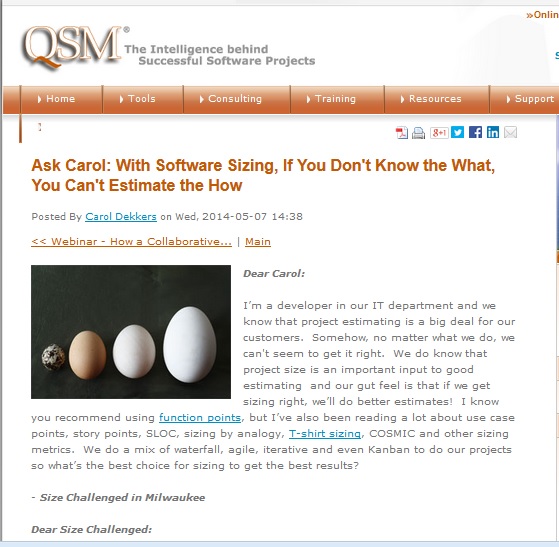
Have you heard about Dr Alistair Cockburn’s Heart of Agile concept? In Alistair’s words, it’s a radical simplification of Agile into four fundamental words: Collaborate, Deliver, Reflect and Improve. As one of the original cast of the Agile Manifesto, Alistair has a wealth of knowledge and insight about all things agile, and I was thrilled to learn about the human-centric ideas in this new Heart of Agile concept.
While the premise of Agile condensed into four words, might, at first glance, appear too simple for some (as an engineer, I know we value complexity) or too unsophisticated (marketers seek innovative words) or even too basic for seasoned agilists (Scrum touts over 100 key learnings), when you peel the onion that is the Heart of Agile, at its core is the essence (the heart) of bringing humanity to work. It means embracing the essential soft skills (social awareness, emotional intelligence, empathy, acceptance, communication, diversity, active listening) that we already use for success in everyday life outside of work. It’s simple and yet complex at the same time.
And, it just might hold promise in the pursuit of the proverbial management “silver bullet.”
To me, the Heart of Agile is really about getting back to the basics of how we should be behaving at work, not how we were taught to behave when we’re in a corporate environment. I like that.
Lately, when Alistair talks about the personality of those who espouse the Heart of Agile, I think about a Corporate Personality – one where acceptance and community are the norm, where innovation and creativity are truly valued. Contrast that with the dominant “command and control” personality prevalent in so many companies, including agile companies, today.
The Agile Manifesto promoted “people over process” and “working <products> over documentation” yet the strict adherence to Scrum and other policies and procedures today, seems to defy those very tenets. Agile was supposed to be about a better way of people working with people to build better solutions, together. (Certainly, this has been happening, but…)
Consider recent statistics citing a whopping 70% of Americans who are unhappy at work, and (in a separate study) 80% of workers saying emotional-based issues block their career advancement. Now, combine that with the looming STEM worker crisis (a deficit of 3.7 million skilled workers by the year 2030), the exorbitant cost of replacing skilled talent, and a burgeoning millennial workforce that values quality of life over “working for the man”, and the Heart of Agile becomes a “no-brainer.”
I believe that companies that invest in (and value) soft skills today will grow a workforce tomorrow where people are treated with dignity and respect, and reap the benefits of higher profits. When millennials dominate the workplace (by 2030 there will be more millennial-aged workers than had any prior generation) – gone will be the “Stepford Wife” corporations with rote protocols and robotic adherence to procedures.
Successful companies of tomorrow will value soft skills more than technical prowess. The tide is already turning in high tech corporations where HR executives emphasize personality (people) skills over technical skills. “It’s easier to teach technical skills, to people, than soft skills to techies,” is a frequent refrain. Welcome to the Heart of Agile.
Today, I’m proud to say I’m part of an undercurrent of technical professionals worldwide who are part of the growing Heart of Agile community. The concepts we discuss (including emotional intelligence, feedback, Scrum, living agile, culture of listening, overcoming barriers to collaboration, Shu Ha Ri and Kokoro, honesty, trust, self-acceptance, measurement, diversity, appreciation, and others), are refreshingly technology-agnostic and human-centric. And, the concepts merge well with what I’ve taught in my classes for years – communication and humanity is the key to measurement, technology, project management and … work.
Want to know more? The Heart of Agile has a webpage http://www.heartofagile.com, a YouTube channel, a Facebook page, a LinkedIn group, and an emerging network of MeetUp groups worldwide (Tampa and Boulder USA, Argentina, Chile and others in South America, Australia, Scotland, Belgium, France, Austria, Serbia and others.)
Join us and be a part of this positive, optimistic, human-centric Heart of Agile community!
To your success! Carol









 What is the source of such massive discontent at work?
What is the source of such massive discontent at work?




 http://www.qsm.com/blog/2014/ask-carol-software-sizing-if-you-dont-know-what-you-cant-estimate-how
http://www.qsm.com/blog/2014/ask-carol-software-sizing-if-you-dont-know-what-you-cant-estimate-how